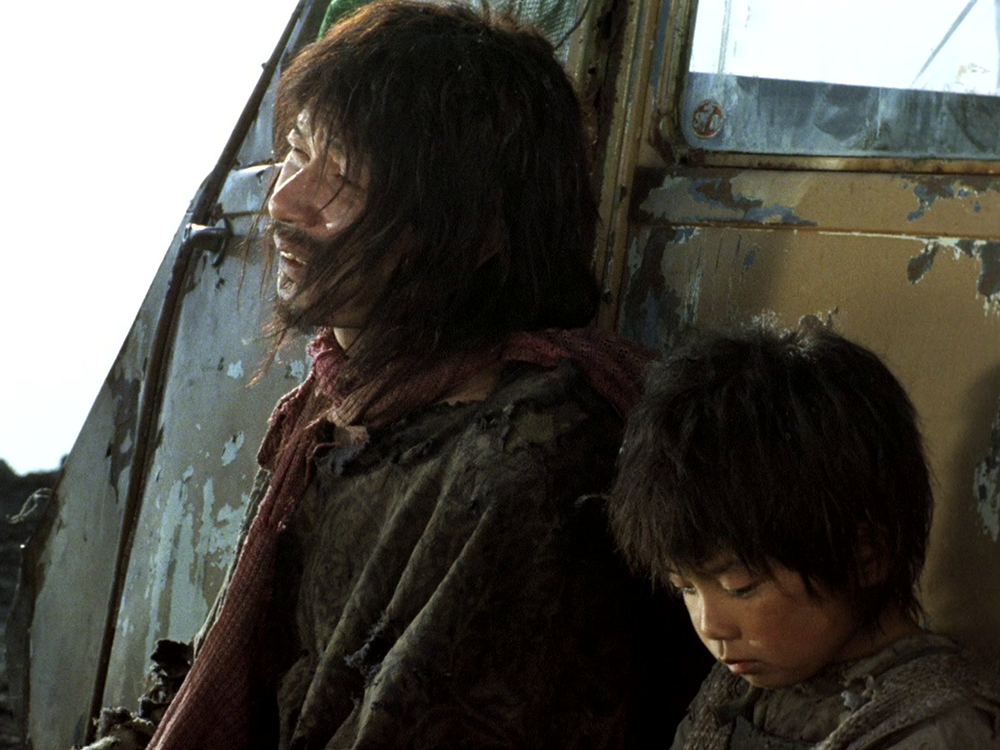
Various tales in the lives of Tokyo slum dwellers, including a mentally deficient young man obsessed with driving his own commuter trolley. The film title Dodesukaden are the playacting words uttered by the boy character to mimick the sound of his imaginary tram (trolley car) in motion.
”I think that I will suffer agony making this film”
...
“Never before have I worked with so much relaxation.”
Akira Kurosawa before and after shooting Dodesukaden
“‘This film was Kurosawa’s first in color, and he doesn’t let you forget it,’ Dave Kehr sneered in his Reader capsule review. ‘The tonalities are so bold, so broadly symbolic, and so spectacularly deployed that they easily overwhelm the tiny sentimentalities of the story.’ I agree that the colors of Dodes’ka-den are spectacularly deployed, but I don’t think they’re broadly symbolic. Yes, Kurosawa identifies certain characters with individual hues (the swapping wives are identified with yellow and red, for instance), and the film is rife with primary colors. At the same time, Dodes’ka-den contains many muted colors as well: in fact, they often compete for one’s attention in the same shot as bold colors. Kurosawa doesn’t always seem in control of the color scheme of the movie; he just wants to use as many colors as he can. In this regard, one might appreciate Dodes’ka-den as an experimental film as well as a narrative one.”
Ben Sachs1
“The film discloses the psychological and social binds of its characters, and it discloses the contradictions between their delusions and stark reality. But at the same time that Kurosawsa exposes the personal contradictions of his characters, he has created yet more in his own work. He does not show us how his characters become oppressed, or who is oppressing them, or how people struggle to be free. There is very little context or perspective. Some of the characters might have been artists – actors or architects – had they been born into more affluent classes. These characters have visions that Kurosawa makes concrete and visible to us. We become sympathetic to these visions and appreciate their beauty. Yet we also see that the visions are illusory; they are very inadequate substitutes for material reality. Psychologically, the characters’ illusions run from neurotic to psychotic, but whatever we term them, the problem remains the same. There is a confusion between concrete reality and imagination or fantasy. And from a political point of view, the illusions are naive, sentimental idealizations.”
Marty Gliserman2

